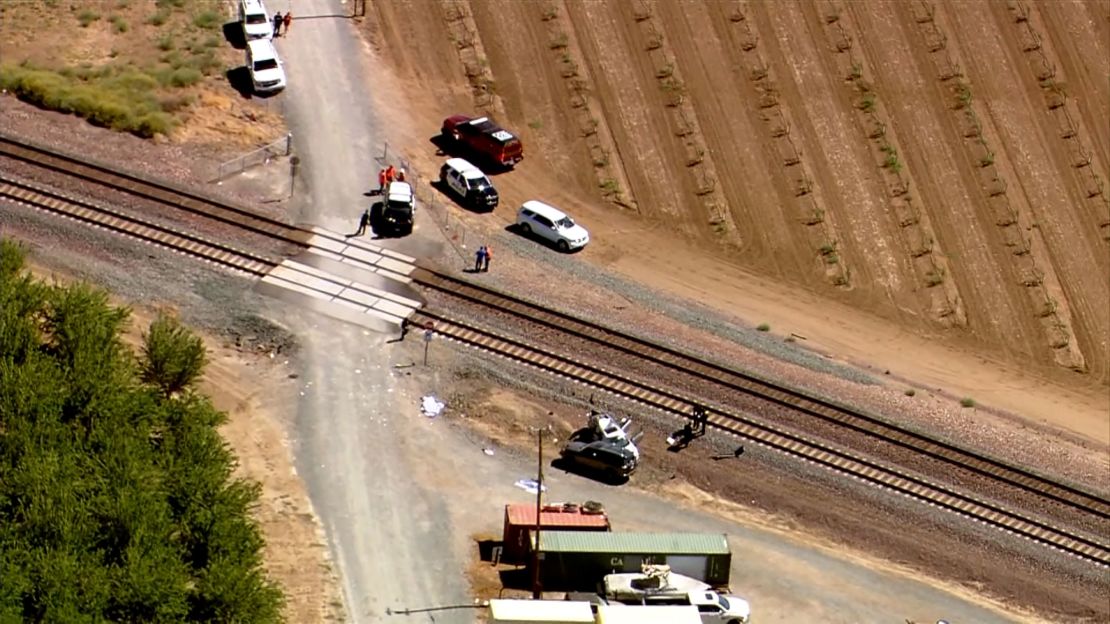In California, a tragic incident has recently underscored the pressing issue of human error in transportation safety. An Amtrak train collided with a vehicle at an intersection, igniting discussions about the perennial question: how could such a calamity have been averted? As we delve into the factors leading to this crash, it becomes imperative to consider not only the immediate circumstances but also the broader implications of human oversight in transit operations.
The incident unfolded at a busy intersection, a place where vehicles and trains converge, often creating a hazardous environment. Eyewitness accounts recount the moments preceding the collision with a disquieting clarity. Drivers contend with red-light signals and looming train crossings, yet the split-second decisions made in moments of confusion can lead to devastating outcomes. In this case, authorities are investigating whether misjudgment or distraction played a critical role. Such scenarios foster a distressing dilemma: can we ever truly mitigate the risks associated with human fallibility?
Moreover, the ramifications of human error extend beyond the immediate chaos of a crash. Communities are shattered, families grieve the loss of loved ones, and the psychological toll on those involved is substantial. This incident invites a retrospective examination of safety protocols and training for train operators and traffic management personnel. Enhanced vigilance, comprehensive training programs, and rigorous adherence to safety regulations are vital components in reducing the likelihood of future mishaps. However, the challenge remains: how do we foster a culture of accountability and attentiveness amidst the demands of everyday operations?
Transportation systems are inherently complex, with numerous variables intersecting at any given moment. The automation of certain processes has been proposed as a solution to combat human error, yet the debate persists. Is it prudent to relinquish a degree of control to machines, or do we risk creating new vulnerabilities? This dilemma poses intriguing questions about the future of transportation safety. As technology advances, the integration of automated systems may serve as a double-edged sword, promising increased efficiency while potentially compromising the human element that remains crucial in emergency scenarios.
As we reflect on this calamity, a pervasive challenge arises: ensuring that every stakeholder—train operators, engineers, and the public—understands their role in maintaining safety. Comprehensive awareness campaigns and engaging educational initiatives could reinforce safe practices at crossings and mitigate the risks associated with human error. Ultimately, the goal should be a persistent commitment to creating safer environments for all modes of transport.
In the wake of this tragic accident, it is vital to engage in a discourse that prioritizes safety and accountability. As society grapples with this challenge, let us remain vigilant in our efforts to prevent future incidents and to honor the lives tragically impacted by human error.
